Mastering the Lagrange Error Bound for Reliable Function Approximations
[include_netrun_products_block from-products="product/6-south-carolina-sc-ready-grade-3-math-practice-tests/" product-list-class="bundle-products float-left" product-item-class="float-left" product-item-image-container-class="p-0 float-left" product-item-image-container-size="col-2" product-item-image-container-custom-style="" product-item-container-size="" product-item-add-to-cart-class="btn-accent btn-purchase-ajax" product-item-button-custom-url="{{url}}/?ajax-add-to-cart={{id}}" product-item-button-custom-url-if-not-salable="{{productUrl}} product-item-container-class="" product-item-element-order="image,title,purchase,price" product-item-title-size="" product-item-title-wrapper-size="col-10" product-item-title-tag="h3" product-item-title-class="mt-0" product-item-title-wrapper-class="float-left pr-0" product-item-price-size="" product-item-purchase-size="" product-item-purchase-wrapper-size="" product-item-price-wrapper-class="pr-0 float-left" product-item-price-wrapper-size="col-10" product-item-read-more-text="" product-item-add-to-cart-text="" product-item-add-to-cart-custom-attribute="title='Purchase this book with single click'" product-item-thumbnail-size="290-380" show-details="false" show-excerpt="false" paginate="false" lazy-load="true"] [include_netrun_products_block from-products="product/6-south-carolina-sc-ready-grade-3-math-practice-tests/" product-list-class="bundle-products float-left" product-item-class="float-left" product-item-image-container-class="p-0 float-left" product-item-image-container-size="col-2" product-item-image-container-custom-style="" product-item-container-size="" product-item-add-to-cart-class="btn-accent btn-purchase-ajax" product-item-button-custom-url="{{url}}/?ajax-add-to-cart={{id}}" product-item-button-custom-url-if-not-salable="{{productUrl}} product-item-container-class="" product-item-element-order="image,title,purchase,price" product-item-title-size="" product-item-title-wrapper-size="col-10" product-item-title-tag="h3" product-item-title-class="mt-0" product-item-title-wrapper-class="float-left pr-0" product-item-price-size="" product-item-purchase-size="" product-item-purchase-wrapper-size="" product-item-price-wrapper-class="pr-0 float-left" product-item-price-wrapper-size="col-10" product-item-read-more-text="" product-item-add-to-cart-text="" product-item-add-to-cart-custom-attribute="title='Purchase this book with single click'" product-item-thumbnail-size="290-380" show-details="false" show-excerpt="false" paginate="false" lazy-load="true"]
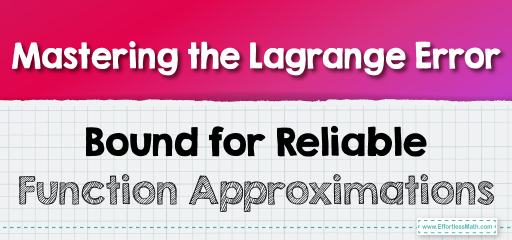
The Lagrange Error Bound provides an upper limit for the error when approximating a function \( f(x) \) with a Taylor polynomial. Given a Taylor series centered at \( a \), the error bound for approximating \( f(x) \) by an \( n \)-degree Taylor polynomial \( P_n(x) \) is represented by \( R_n(x) \), the remainder term: For additional educational resources,.
\( [
|R_n(x)| \leq \frac{M |x – a|^{n+1}}{(n+1)!}
] \) For additional educational resources,.
Here, \( M \) is the maximum value of the absolute value of the \( (n+1) \)-th derivative of \( f(x) \) on the interval between \( a \) and \( x \). This bound quantifies the potential error, helping to determine how closely \( P_n(x) \) approximates \( f(x) \) at a specific point. In practice, the Lagrange Error Bound is essential in calculus and numerical methods, enabling mathematicians to control approximation errors effectively, especially in fields requiring high precision, such as engineering and physics. For additional educational resources,.
Consider approximating \( f(x) = e^x \) at \( x = 0.5 \) using the second-degree Taylor polynomial centered at \( a = 0 \):
\( [
P_2(x) = 1 + x + \frac{x^2}{2}
] \)
To find the error, apply the Lagrange Error Bound. Here, the third derivative of \( e^x \) is \( e^x \), and the maximum value on \([0, 0.5]\) is \( e^{0.5} \approx 1.65 \).
Using \( M = 1.65 \), \( n = 2 \), and \( x = 0.5 \), we get:
\( [
|R_2(0.5)| \leq \frac{1.65 \cdot (0.5)^3}{3!} \approx 0.034
] \)
Thus, the error in approximating \( e^{0.5} \) with \( P_2(0.5) \) is at most \( 0.034 \), providing a reliable accuracy check for this approximation.
Related to This Article
More math articles
- Organizing the Products: How to Sorting Results from Multiplying Fractions and Whole Numbers
- The Ultimate AZMerit Algebra 1 Course (+FREE Worksheets)
- Is the ACCUPLACER Test hard?
- Top 10 Free Websites for ACT Math Preparation
- 7 Best PSAT Math Study Guides
- How to Make Inferences from Data? (+FREE Worksheet!)
- Patterns: Numbers
- FREE 8th Grade MCAS Math Practice Test
- 5 Best Laptops for Math Students
- What Does the CBEST Test Qualify You For?

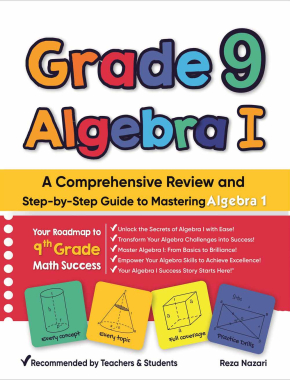
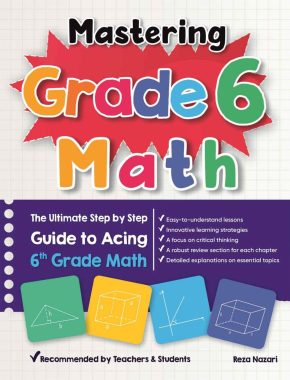
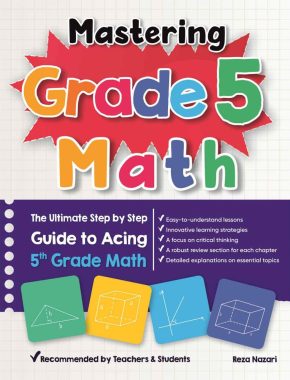
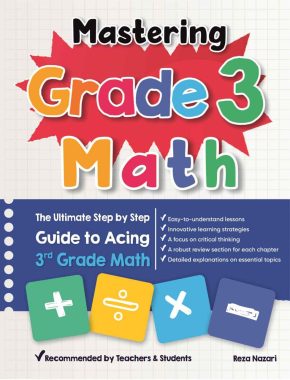
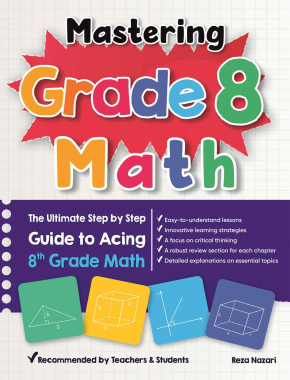
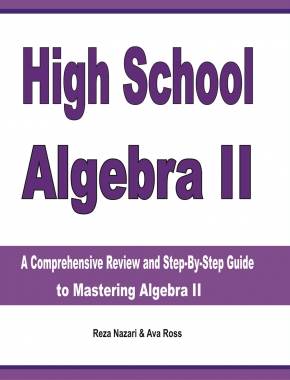

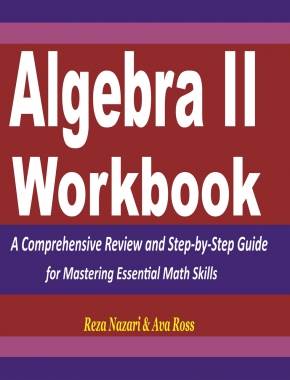

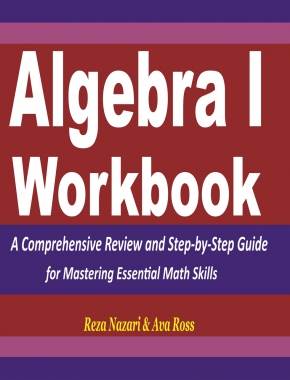

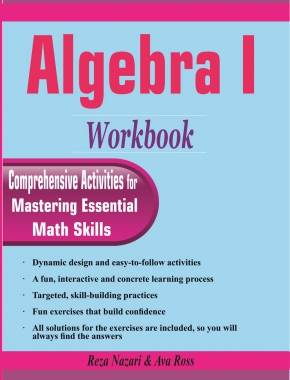
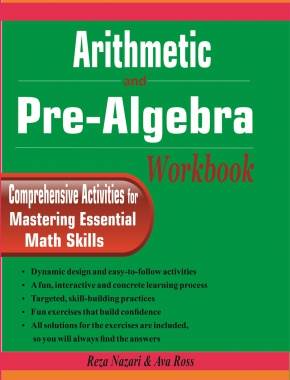
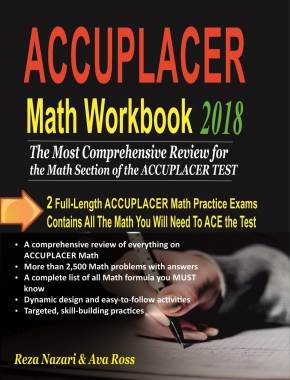
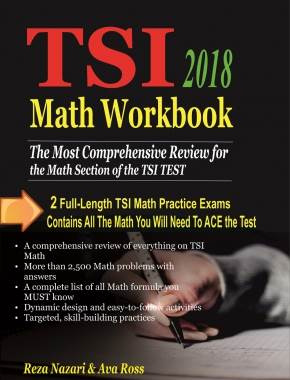

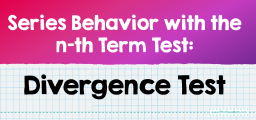
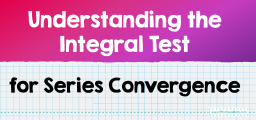
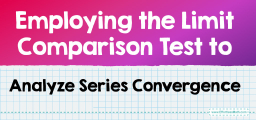



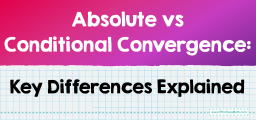

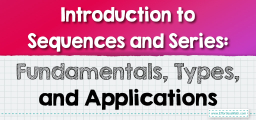
What people say about "Mastering the Lagrange Error Bound for Reliable Function Approximations - Effortless Math: We Help Students Learn to LOVE Mathematics"?
No one replied yet.